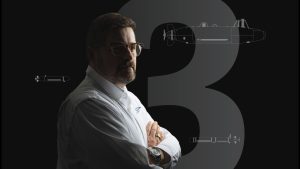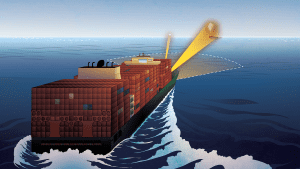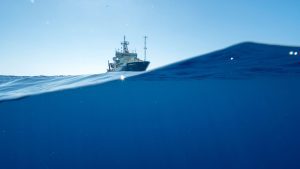Research Highlights
Oceanus Magazine
News Releases
We know more about the surface of other planets than we do about Earth’s ocean. And what is known about our ocean would not have been possible without the deep-sea submersible Alvin, one of the hardest working, most reliable vehicles…
On Saturday, May 10, 2014, at 2 p.m. local time (10 pm Friday EDT), the hybrid remotely operated vehicle Nereus was confirmed lost at 9,990 meters (6.2 miles) depth in the Kermadec Trench northeast of New Zealand. The unmanned vehicle was working as part of a mission to explore the ocean’s hadal region from 6,000 to nearly 11,000 meters when a portion of it likely imploded.
After a three-year overhaul and major upgrade, the United States’ deepest-diving research submersible, Alvin, has been cleared to return to work exploring the ocean’s depths.
The Paul G. Allen Family Foundation has awarded Woods Hole Oceanographic Institution (WHOI) assistant scientist Anna Michel $200,000 to develop a sensor that will enable scientists to analyze how methane emissions fluctuate in the Arctic. Methane is a greenhouse gas…
Schmidt Ocean Institute (SOI) has begun working with the Deep Submergence Laboratory at the Woods Hole Oceanographic Institution (WHOI) to design and build the world’s most advanced robotic undersea research vehicle for use on SOI’s ship Falkor. The new vehicle will be capable of operating in the deepest known trenches on the planet, including the nearly 11,000-meter-deep Challenger Deep in the Mariana Trench. The design will capitalize on lessons learned from past WHOI vehicle designs, as well as advanced technologies developed for DEEPSEA CHALLENGER, the submersible and science platform that explorer and director James Cameron piloted to Challenger Deep in 2012 and donated to WHOI in 2013.
News & Insights
An investigative report this week in the LA Times features the work of WHOI’s marine geochemistry lab in identifying the discarded barrels and analyzing samples from the discovery.







